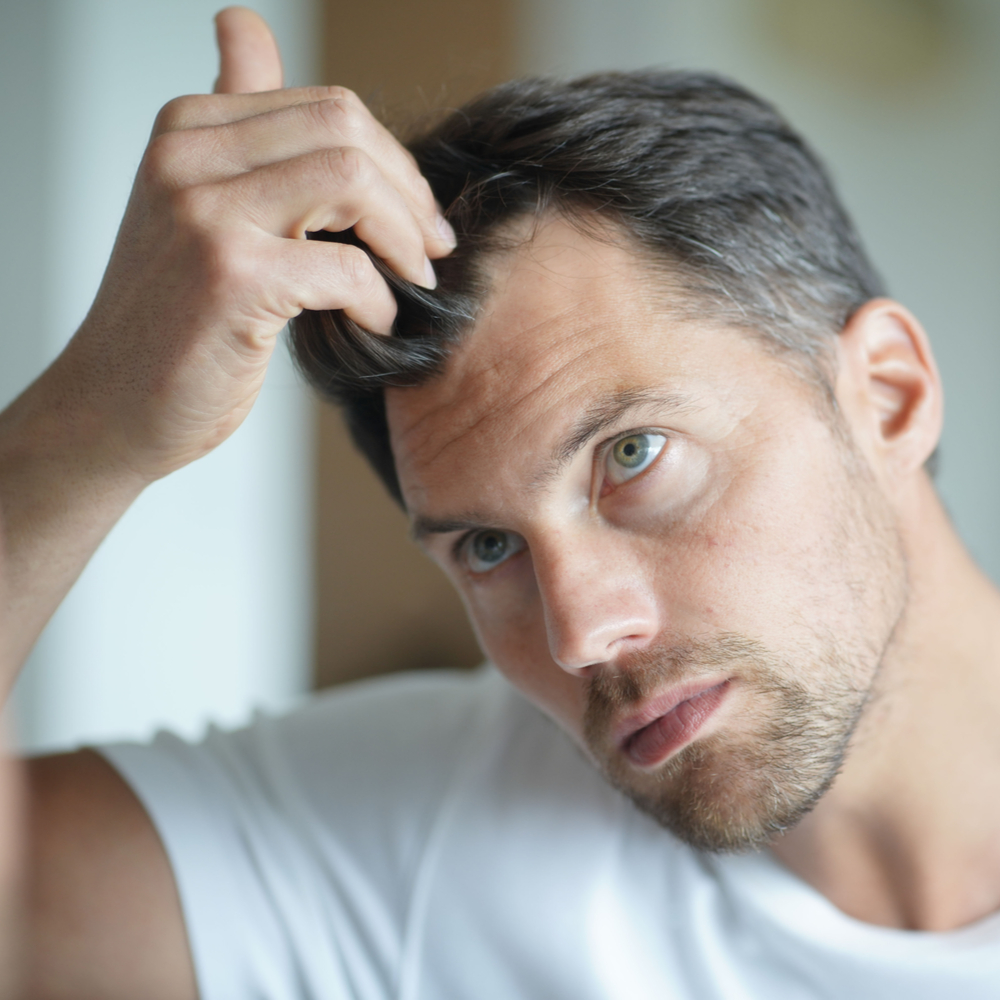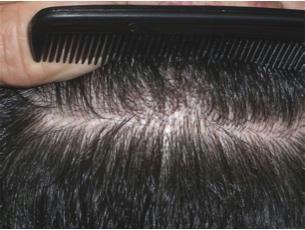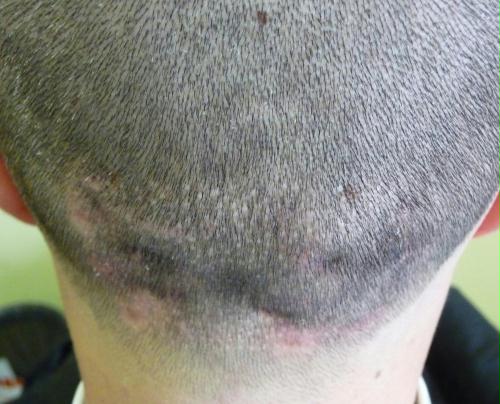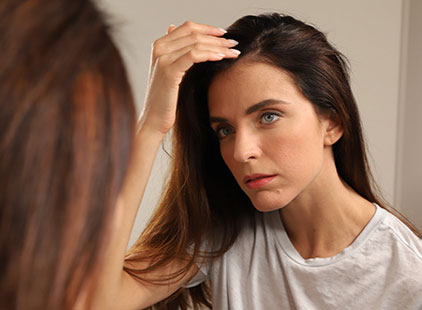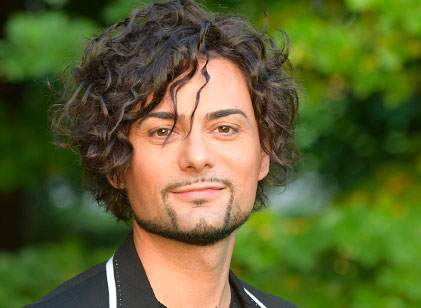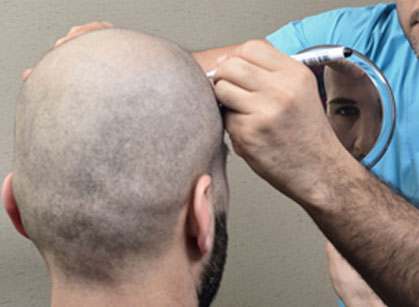Hair loss from trichotillomania
Trichotillomania is a type of hair loss due to voluntary pulling by the patient which often ends up breaking the hair shaft. In general, the patient twists the hair around a finger.
The gesture is occasional when going to sleep or concentrating on a task, but may become repetitive or obsessive.

 Italiano
Italiano  Português
Português  Français
Français  Español
Español 